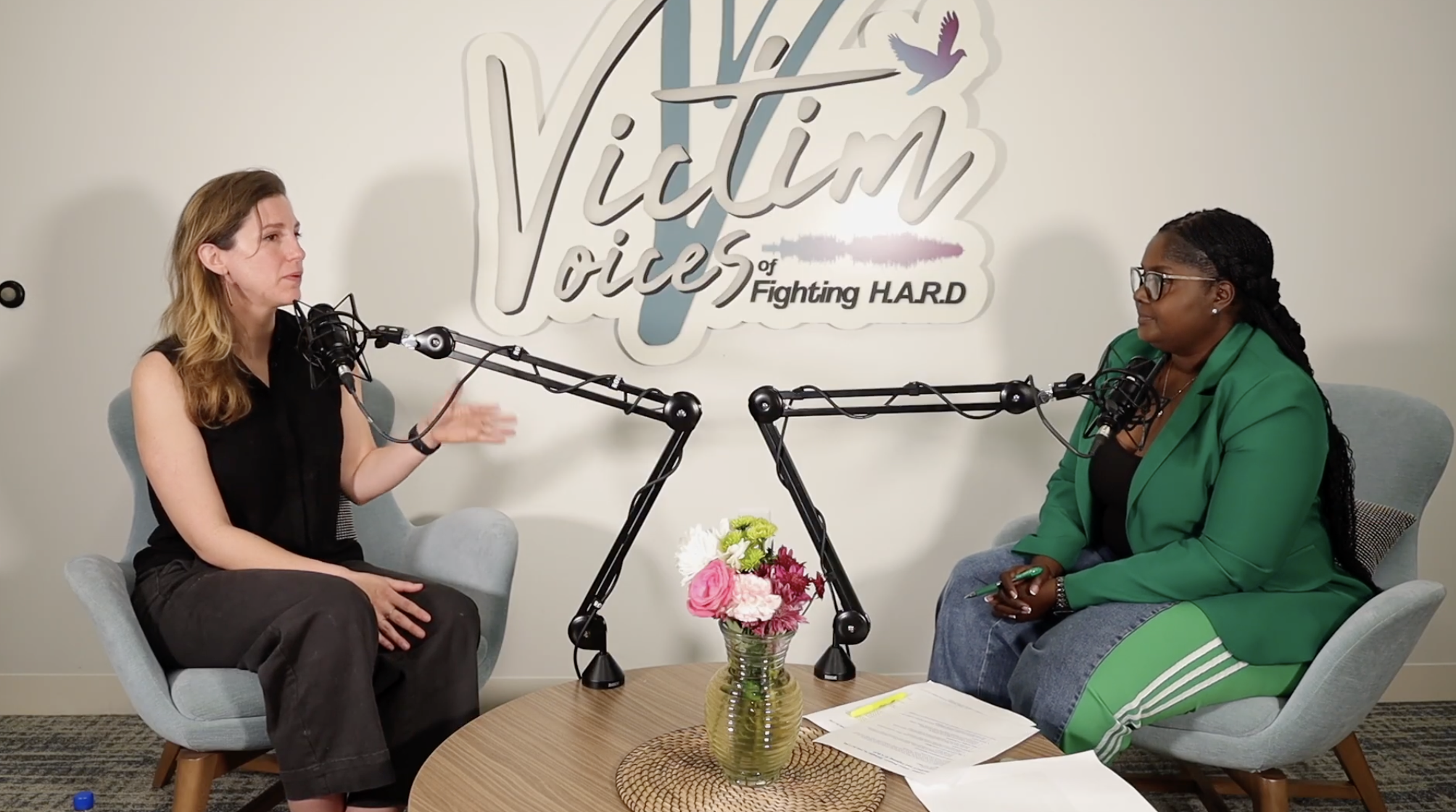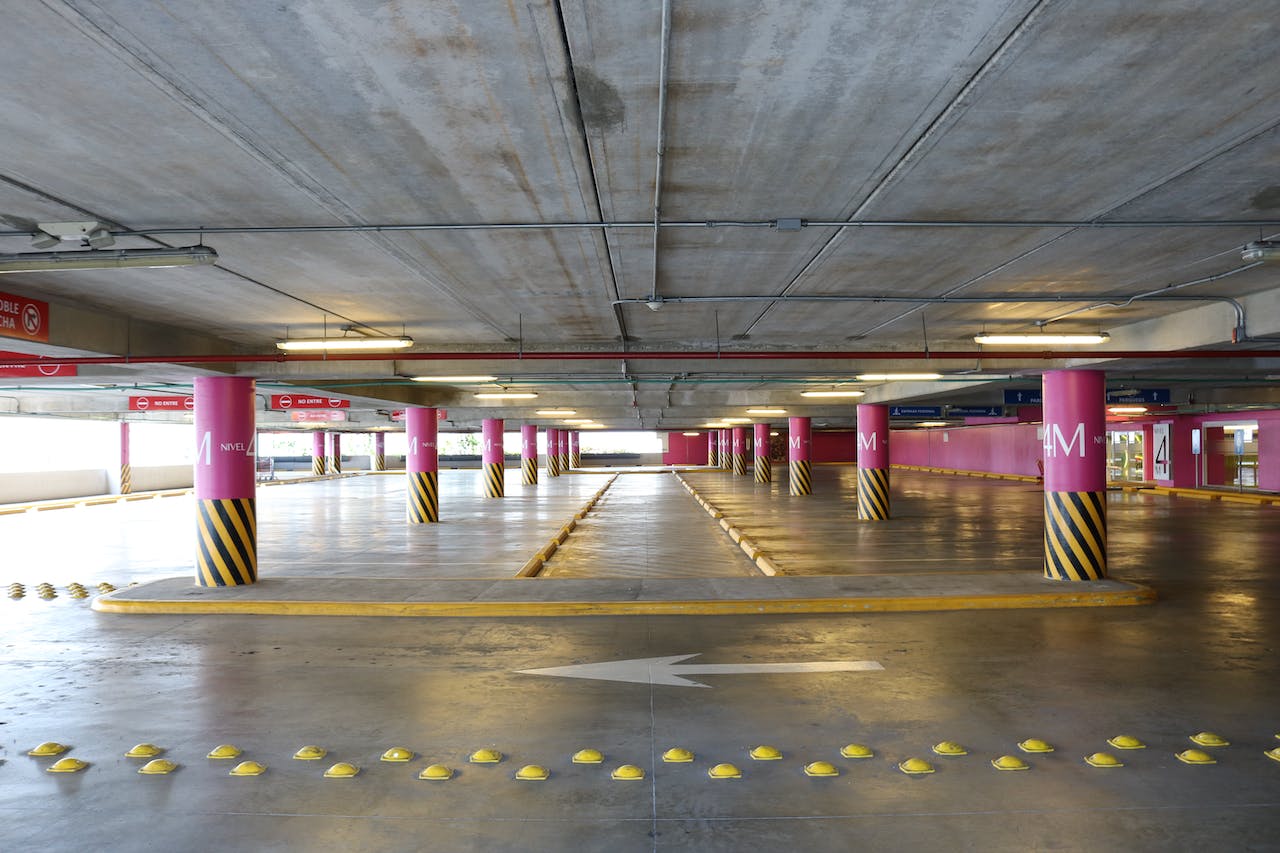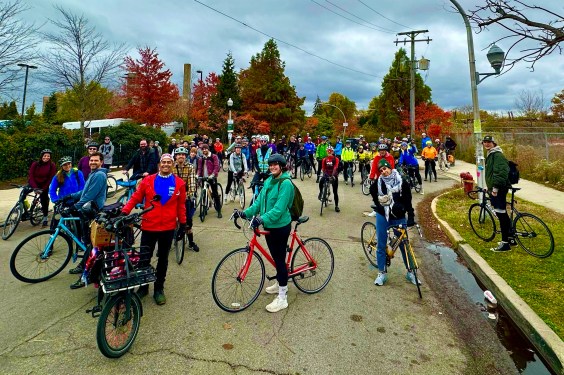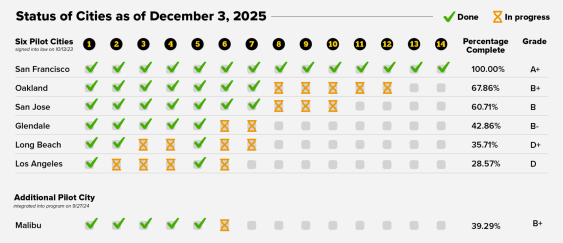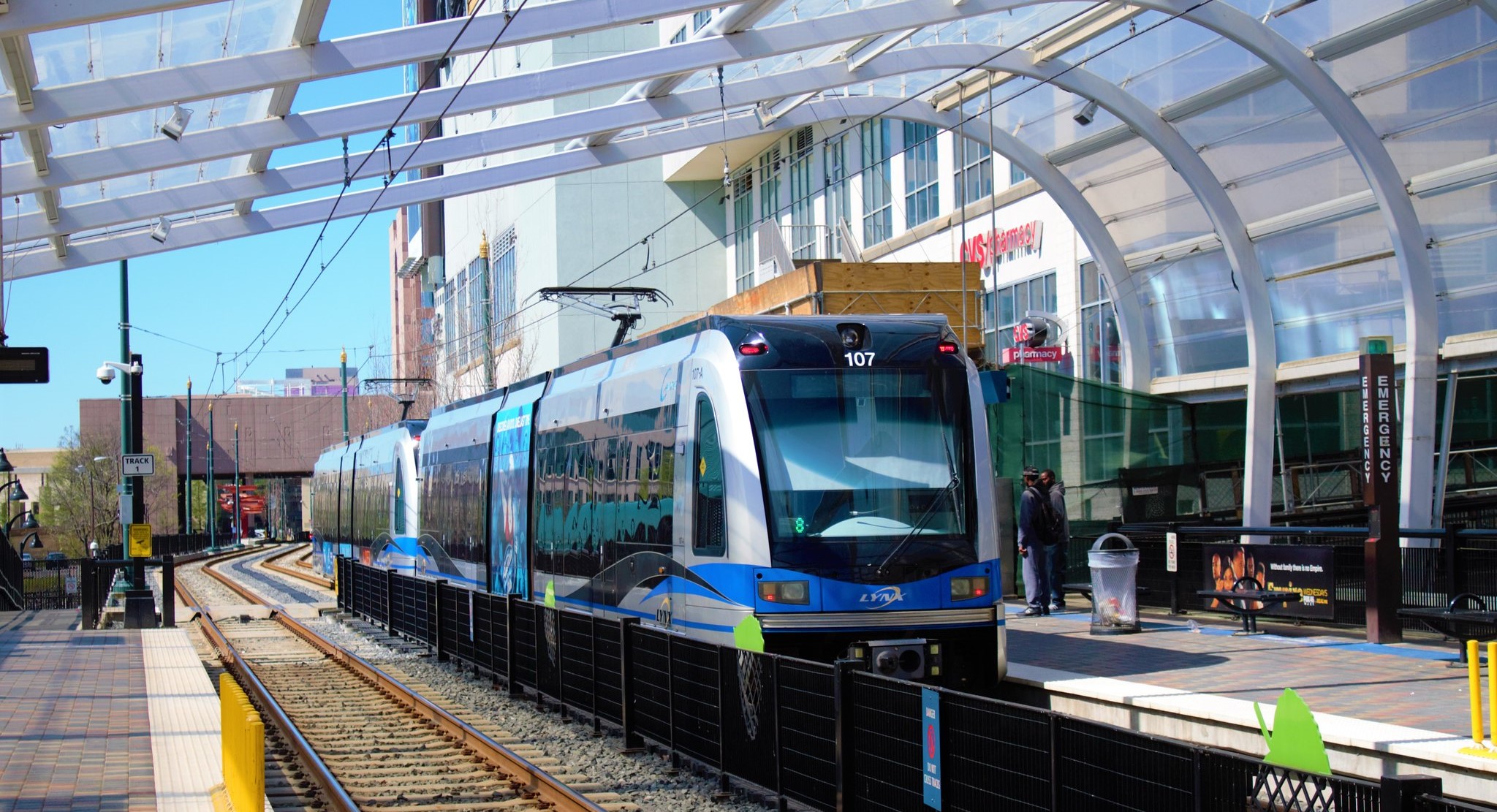This week we’re joined by Cassidy Boulan and Thom Stead of the Delaware Valley Regional Planning Commission to talk about how the federally designated "Metropolitan Planning Organizations" can help localities build complete streets and create safe infrastructure for biking and bus drivers.
But it ain't easy! Find out why in this great interview.
Now, at Streetsblog, we give you three ways to enjoy Talking Headways: You can listen by simply clicking the arrow at the bottom right of the player below. Or you can read a partial transcript of the conversationtion below the player. Or you can read the full transcript by clicking here.
Excerpt:
Jeff Wood: It's hard to design a street: you understand how to make it safer, but there’s these compromises and other things that have to happen to actually implement it.
Thom Stead: Yeah, definitely. We’re constantly in conversation with engineers from PENNDOT. We say, "If you build the street like this, then there’s going to be significant traffic." And that’s who we hear the most from. So it’s who are the loudest voices in the room.
And when you’re building a facility in a place that has no bike activity whatsoever. It’s hard to make that case at first. But I think building the facility and doing careful tracking after the fact is really important also in making your case in the future. Yeah, it definitely can get political and Philadelphia council members have a lot of say over what gets constructed.
Consider 15th Street. It was in a district where there hadn’t been much built because the council member at that time was not in favor of constructing new bike facilities. That leadership has changed. But the fact that we got it built in the first place was really a testament to how much outreach the City of Philadelphia did and the case that we made through our analysis to get it done.
So it’s really about teamwork and using all of the steps in that process to their greatest possibility. Yeah, politics play a big part in what gets constructed. I think that we’re definitely seeing changes and wins in recent years.
Cassidy Boulan: And I would say in the Trenton context, the issue is a little bit different in that the money’s limited; that becomes the first impediment. You need political will to either hire more staff to find more money and manage more money. That's where we see the problem of not moving forward on some of the things that maybe we would like to. When you’re resurfacing two streets a year — that’s not a whole lot of opportunity to really be building out the network, let alone, paying the cost for even the lowest-cost delineators. And then there are all the maintenance issues.
So I think the work we’ve done in Trenton and we’ve done some tactical urbanism work that has utilized delineators and some new striping, but already we’re seeing the maintenance issues. And I think there isn’t enough political will to say we want to spend more on this or do it differently. So even I think if there’s community support — and I think there is — it’s just really hard to then translate that into a next step.
Thom Stead: Yeah, money is definitely also an issue in the City of Philadelphia, too. Not quite at the same level as Trenton, but, when we’re looking at the facilities, sometimes it’s like, "Putting in a bike signal here is like going to cost a lot of money. Can we afford to do this? Are there grants that we can pull from to do this?" And luckily I’m not the money person on the city side having to make those decisions.

